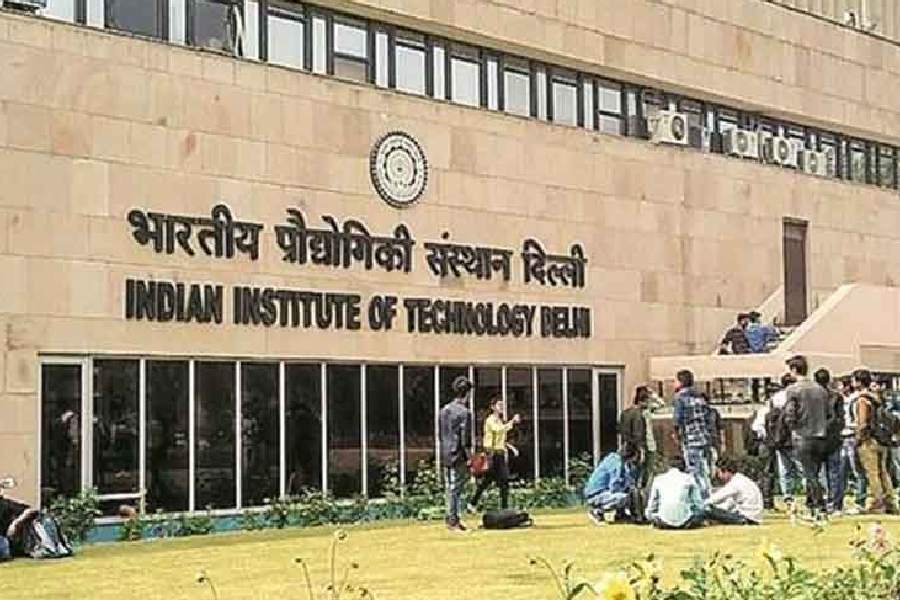In a significant breakthrough, scientists at IIT Roorkee have unveiled an innovative catalyst designed to tackle the burgeoning concern of antibiotic pollution in the environment.
This pioneering strategy aims to effectively detect, mitigate, and disintegrate prevalent antibiotics such as tetracycline and erythromycin that pervade aquatic ecosystems, the researchers said.
The team noted that recurrent waves of the COVID-19 virus and its variants have resulted in a huge increase in the use of antimicrobials to control infections. These antibiotics and other antimicrobials end up accumulating in the water bodies.
This increased usage of antimicrobials and their accumulation in the environment has exacerbated the problem of antimicrobial resistance (AMR) among microbes, they said.
Addressing this crucial concern, the team led by Naveen Kumar Navani from the Department of Biosciences and Bioengineering, Indian Institute of Technology (IIT) Roorkee, devised a simple but effective strategy by merging nanotechnology and biology.
The innovative strategy addresses three major events in the process —detection of antibiotics using biosensors, removal of antibiotics and related xenobiotics using a carbon nanotubes-based magnetic system, and degradation of antibiotics using a catalytic process within 3-4 hours.
The research, published in the Chemical Engineering Journal, tackles the challenge of identifying, minimising, and breaking down two of the most commonly used antibiotics, i.e. tetracycline and erythromycin, in aquatic environments.
The team used carbon-based nanotubes and modified them to be magnetic in nature for easy extraction. Carbonaceous surfaces provide amazing sticking sites for antibiotics, which can be removed or degraded further.
They genetically engineered bacteria for biosensing these particular antibiotics in such a manner that the biosensor bacteria start to glow in the presence of antibiotics.
The team found that these bacteria are really good at their job, detecting even trace amounts of these particular antibiotics.
Followed by detection, these antibiotics can be broken down by a simple strategy, which triggers a specialised free radical-based chemical reaction, according to the researchers.
This special chemical reaction was like a key that unlocked the potential of the modified carbon nanotubes and facilitated the degradation of more than 93 per cent of the antibiotics within a time frame of 3-4 hours, they said.
The researchers found that the strategy’s versatility extends beyond antibiotics. It proved effective in addressing a spectrum of hazardous compounds, encompassing dyes, pharmaceutical chemicals, and other antibiotics, that may be present within the water bodies.
The research was funded by the Department of Biotechnology (DBT). In addition to Navani, the team comprises Shubham Jain, Ankita Bhatt, Shahnawaz Baba, Pinakshi Biswas, Kiran Ambatipudi, and Vinod Bisht, all from IIT Roorkee.
Except for the headline, this story has not been edited by The Telegraph Online staff and has been published from a syndicated feed.











